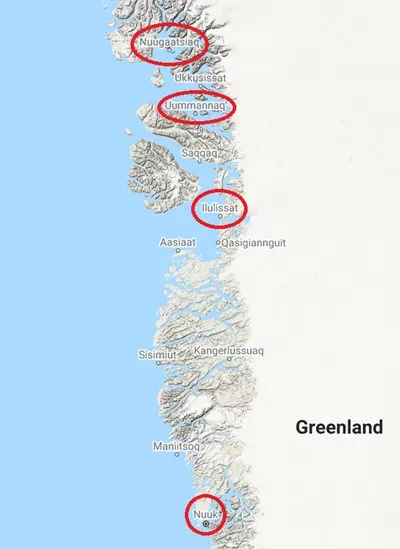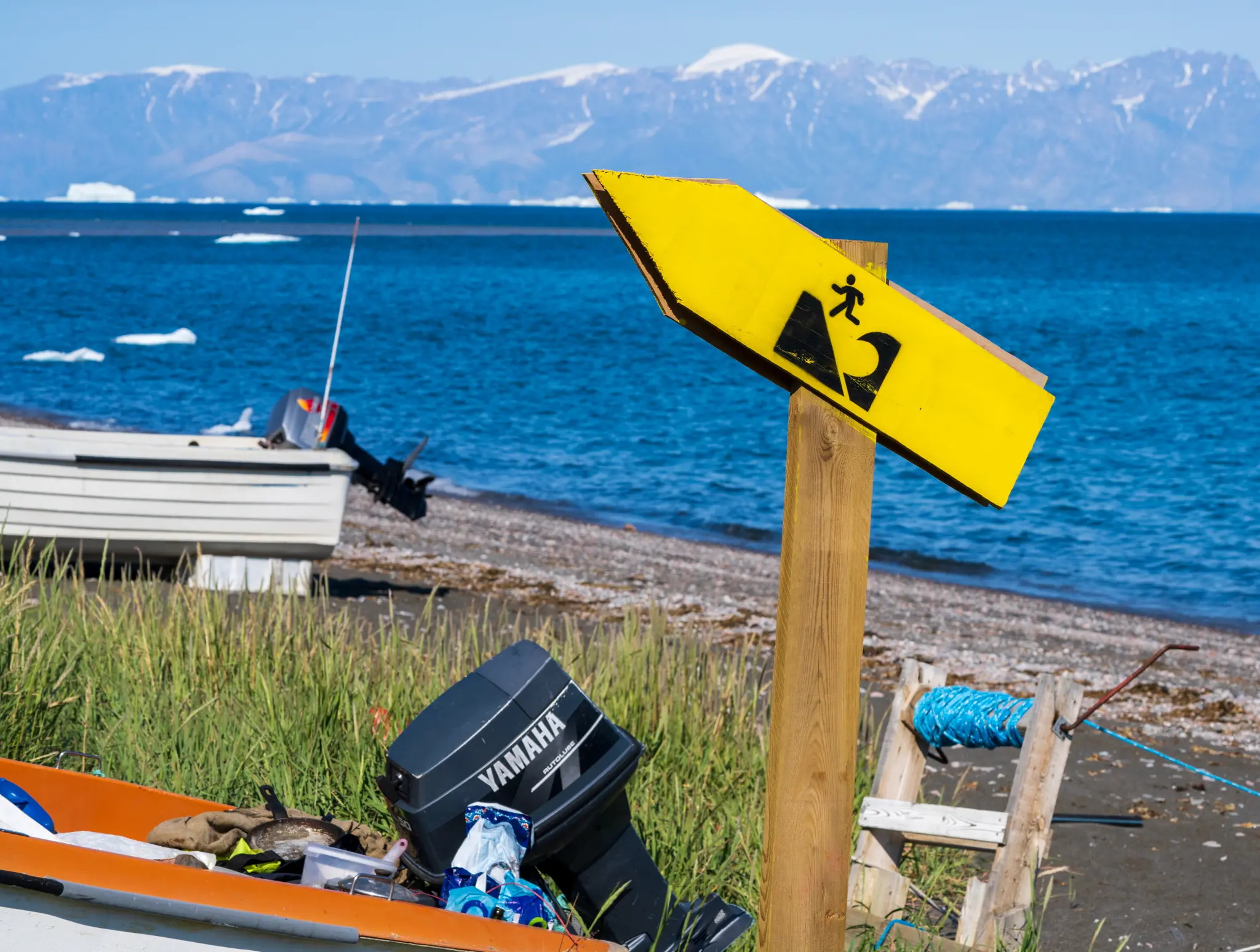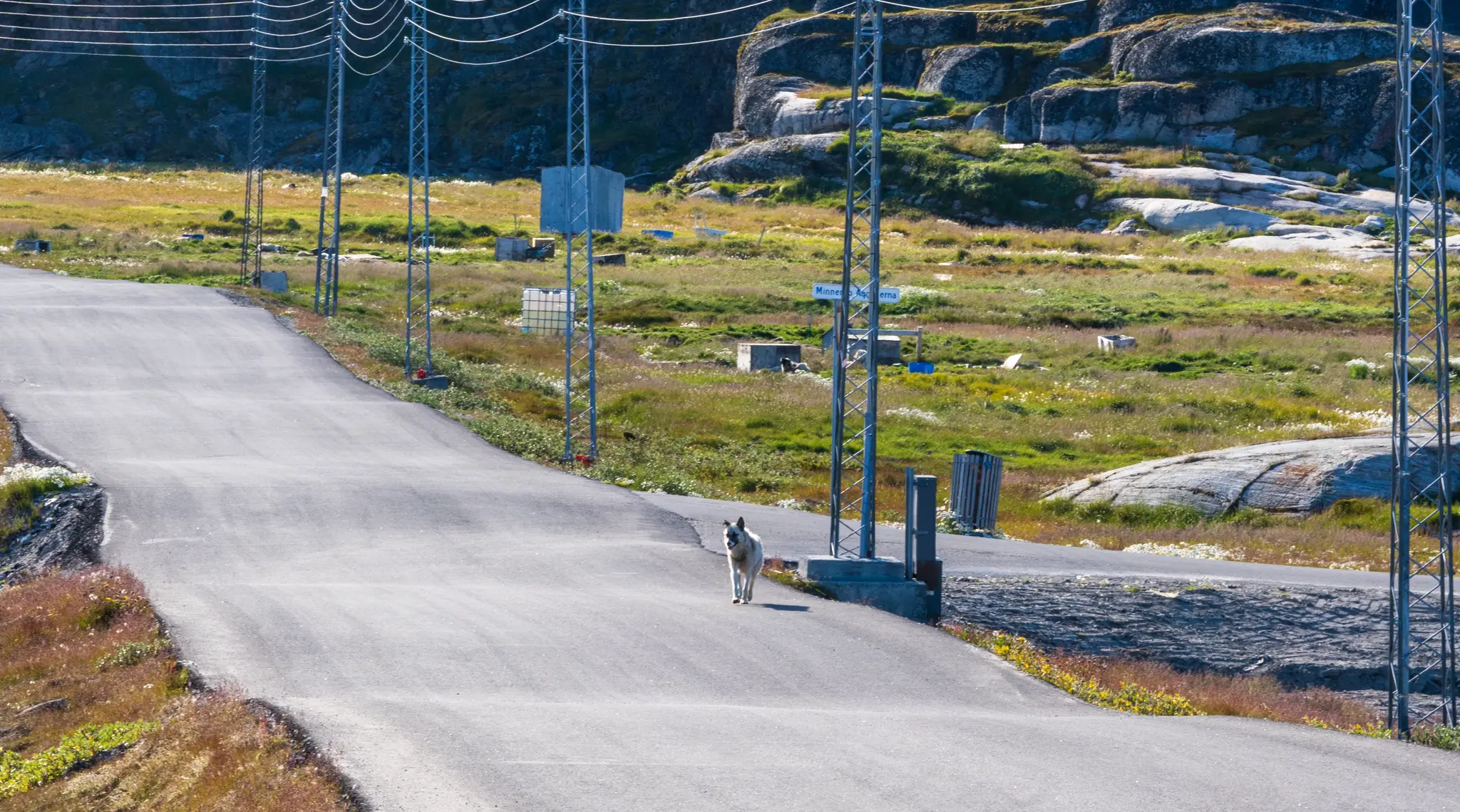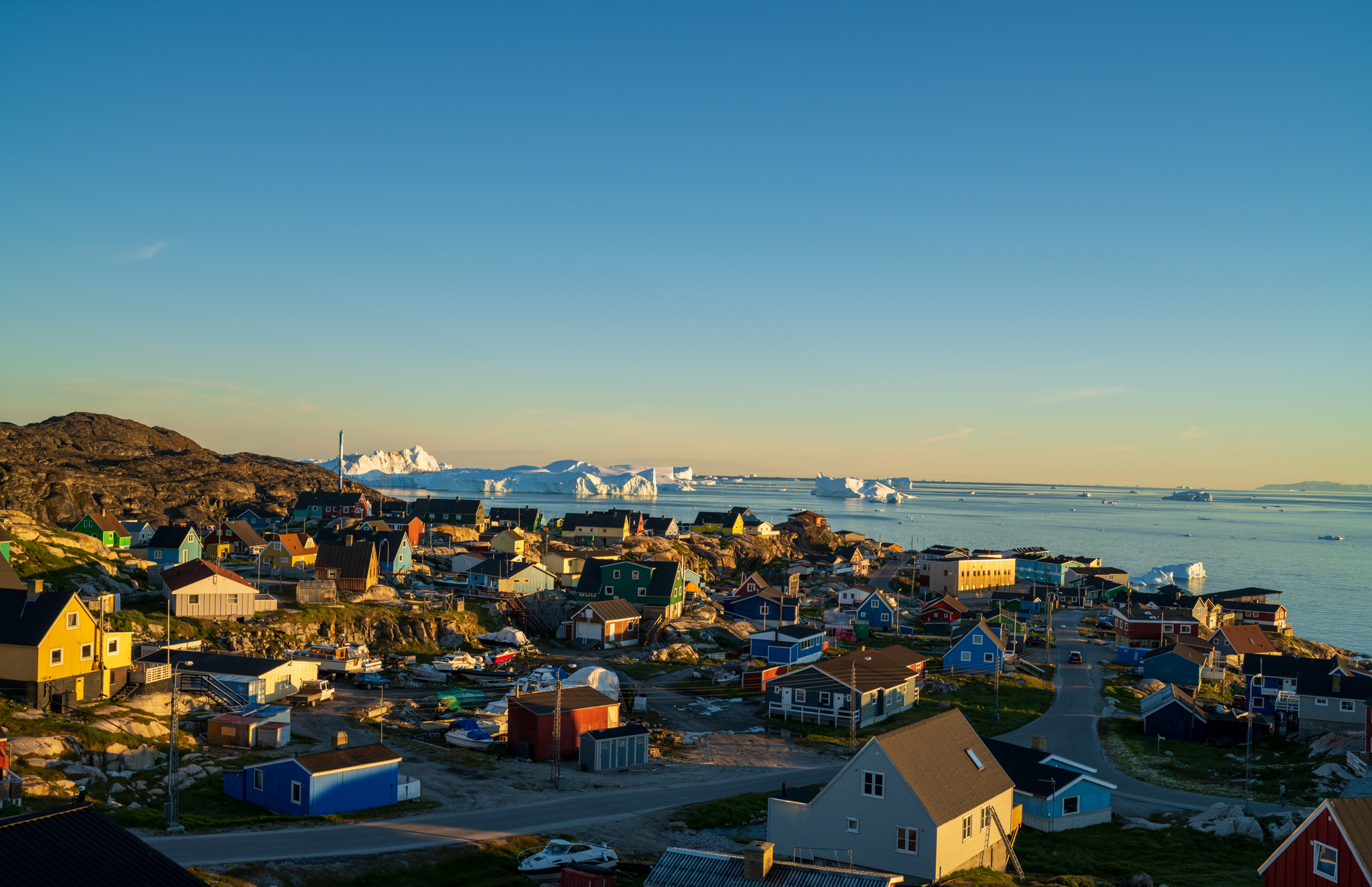In June 2017, a 100-meter (328-foot) high tsunami wave lurched across a remote bay in Greenland towards the small village of Nuugaatsiaq, home to about 100 people. The community was soon evacuated along with nearby Illorsuit.
The evacuation required the assistance of firefighters from far off Illulisat (over 150 remote miles away) and members of the Arctic Command from the distant capital, Nuuk (over 500 miles away). A British scientist who happened to be working in the area even volunteered his small research boat. This was the first such disaster in Greenland in recorded history.
In the end, four people lost their lives.
This tsunami was triggered by a landslide about 19 miles to the northeast of Nuugaatsiaq—a great slab of mountainside that collapsed into the bay. This was partially due to the thawing of underlying frost holding the mountain together. Such occurrences are expected to increase with climate change.

Now, five years later, nearly all the evacuated residents reside in Uummannaq—the largest village in the area with over 1,000 people. The evacuees had to reside in temporary homes for two years until government-funded housing could be built for them. Now they are sequestered from the rest of the village in special units, and many feel excluded and out of place.
Greenlanders often have a strong sense of local identity, extending to the village level. It is this abiding sense of place, and a desire to tap into the unusually good fisheries of their native hamlets in Nuugaatsiaq and Illorsuit that have many wishing to return. There are significant obstacles, however.
A far larger landslide is expected in the same area—with 10 times the volume of debris than in 2017. The massive tsunami that will result is expected to completely destroy the two villages affected in 2017 as well as distant Niaqornat, with more populated Uummannaq and Qaarsut receiving high waves.

This also taps into a deeper, more difficult question about Greenland’s future—the tenability of its smaller communities in a risky and uncertain landscape. The idea of consolidating Greenland’s villages into larger towns has been discussed since the 1950s. A Danish policy in the 1950s and 1960s sought to modernize and urbanize Greenland in part with such efforts. In some extreme instances, this resulted in forced relocation.
When I asked Karl Madsen, head of the technical department for Greenland’s northern municipality (Avannaata Kommunia), if there was an official policy of consolidating villages, he at first denied it, before stating, “this is a difficult political question.” The issue is still very much a part of the national conversation. Parliamentarian Aaja Chemintz Larsen and other current officials have proposed measures wherein small villages with less than 500 people, in some versions, may no longer receive government support for basic services like electricity, effectively shutting them down. This could affect up to 7000 people in 54 villages across Greenland.
This issue haunts the residents of Niaqornat, one of the villages expected to be destroyed by the predicted tsunami, as seen in the 2012 documentary, The Village at the End of the World. In the film, local hunter and leader Karl Kristian Kruse (now active in Greenlandic national politics), states:
“Some villages face a dark future. The message is that people must move from the villages to the towns. We're told that if we move to towns, we'll be happier. We're resisting this attempt to close down the villages. That's what this community is working for.”
And in one scene, television news playing in the background offers this foreboding message:
“Out of the towns and into the cities the Finance Minister wants to reform the way we live here in Greenland. There isn't money to keep unsustainable villages alive. We have to look at how we live. Where are we Greenlanders going to live in the future?”
Greenlanders have been heavily impacted by policies of the past and ongoing uncertainty about the future regarding the fate of outlying villages. This legacy has in some accounts been tied to Greenland’s status of having the most suicides per capita of any nation on earth.Traditional life ways and culture have often been upended by the move into larger population centers and the adoption of modern lifestyles.

Whatever the fate of Greenland’s smaller communities as a whole, at minimum, the government is not issuing any permits for new buildings in the evacuated village of Nuugaatsiaq. They are however focusing on educating for the inevitable. Since 2017, they have distributed informative pamphlets and erected tsunami evacuation route signs.
Climate change is discussed officially in relation to the 2017 landslide and the ongoing risk in the area, while acknowledging that it is difficult to attribute any specific event to it. The increased tsunami risk is just one of many ways climate change is impacting Greenlanders. Others include sea ice becoming less reliable, impacting local hunters; fisheries shifting; melting glaciers releasing high levels of mercury into the ocean from the underlying bedrock; and permafrost melt affecting roads and structures.
Greenland is thus on the leading edge of climate futures.











